Signify LCN7700 Segment Control Unit User Manual LCN7700 UG20161207
Philips Lighting(China) Investment Co.,Ltd. Segment Control Unit LCN7700 UG20161207
Signify >
LCN7700_UG20161207
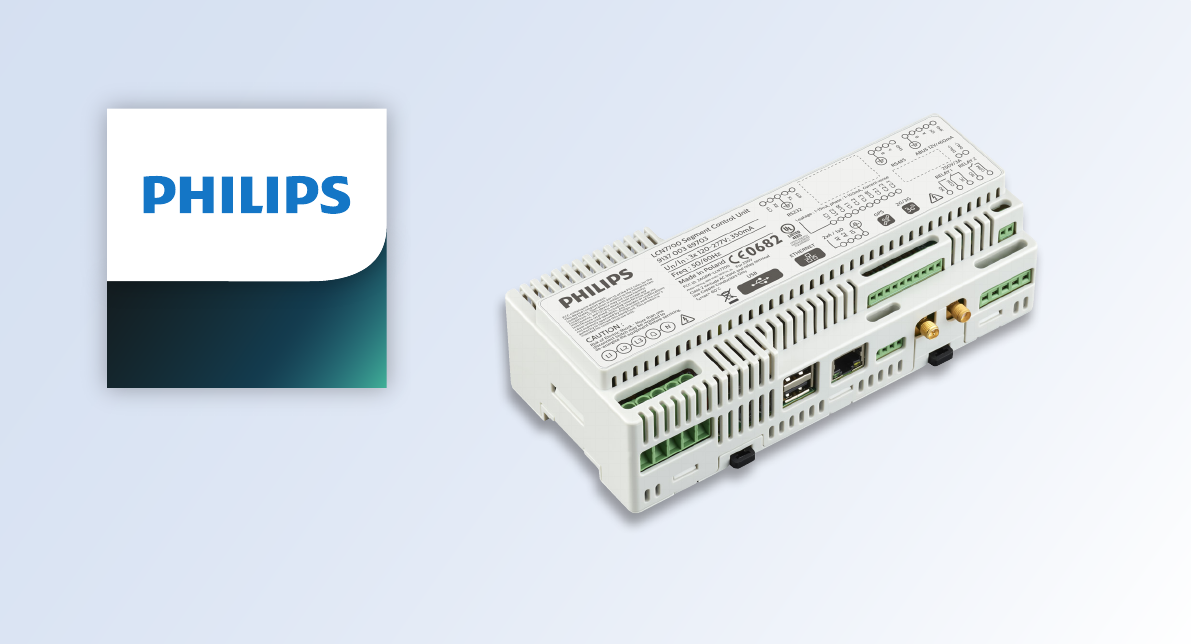
Product guide
LCN7700
The Segment Control Unit is central processing unit (CPU)
in the cabinet system. Equipped with a powerful ARM
Cortex A5 (550MHz) processor and a Linux kernel.
Commonly used interfaces for Energymeter, load current
and leakage measurement, relays for contactor mains
switching are integrated into the Segment Control Unit for
ease of wiring and compactness.
Direct communication between the optional modules
takes place by means of an A-Bus interface, which is
based on the industrially proven RS485 technology.
Segment Control
Unit
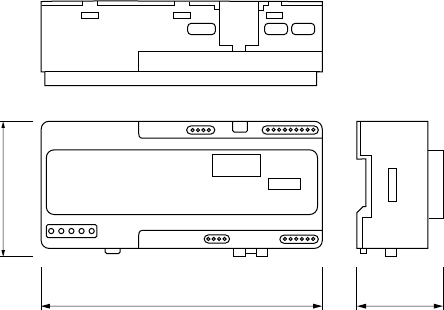
2Product Guide - LCN7700
LCN7700
The Segment Control Unit serves as a WAN
communications and data concentrator module.
Two-way communication with the central server takes
place via Ethernet, GPRS (3G/2G) or SMS. The module
has the ability to automatically switch between
dierent available communications carriers in order
to provide stable and reliable communication.
Data are either delivered to the server immediately or
stored locally in the built-in ash or external SD card
memory of the Segment Control Unit until scheduled
delivery. Software and congurations are updated
remotely from the server and stored on the Segment
Control Unit enabling it to autonomously execute
tasks, e.g. turn the streetlight on/o or collect meter
readings based on the congurations set up by the
user.
Voltage values on all three phases of the main supply
are monitored by the Segment Control Unit. If the
module is installed together with a Battery module,
the Segment Control Unit will be supplied with backup
power via the A-Bus in the event of power failure. This
enables the Segment Control Unit to store data and
send a main power failure alarm to the central server
before it shuts down safely.
For more detailed information see the specic
module manuals & guides.
Applications
The Segment Control Unit is a power grid monitoring
and group lighting control device.
It is designed to be installed inside an IP65 rating
outdoor street cabinet. This control unit is designed
as a local controller for group light controls as in
road and street, expressway, premises/campus area
lighting, public parks or in tunnel lighting applications.
For remote connectivity, 2G/3G network can be used
or Ethernet connectivity in case the cabinet is located
indoors.
The accurate current measurement can help to detect
power thefts when the current value goes beyond
a threshold limit dened. The inbuilt GPS locater
helps to detect the location of the installed controller
remotely to enable ease of commissioning. The DALI
interface gives opportunity to control other DALI
enabled devices like a group of luminaires in a high
mast pole in airport or port applications with dimming
capability. The wide input power supply voltage range
from 120-277V makes the controller to be used in wide
geographical locations. The use of an external surge
protection module is highly recommended to protect
the Segment Control Unit from surges.
In general, the Philips Segment Control Unit can be
used for remote light management in diverse outdoor
Lighting applications.
.
Dimensional drawing
Philips quality
Lifetime: 70000 Hrs @ 10% failure rate.
192 mm (7.5 in)
58 mm
(2.2 in)
86 mm (3.3 in)
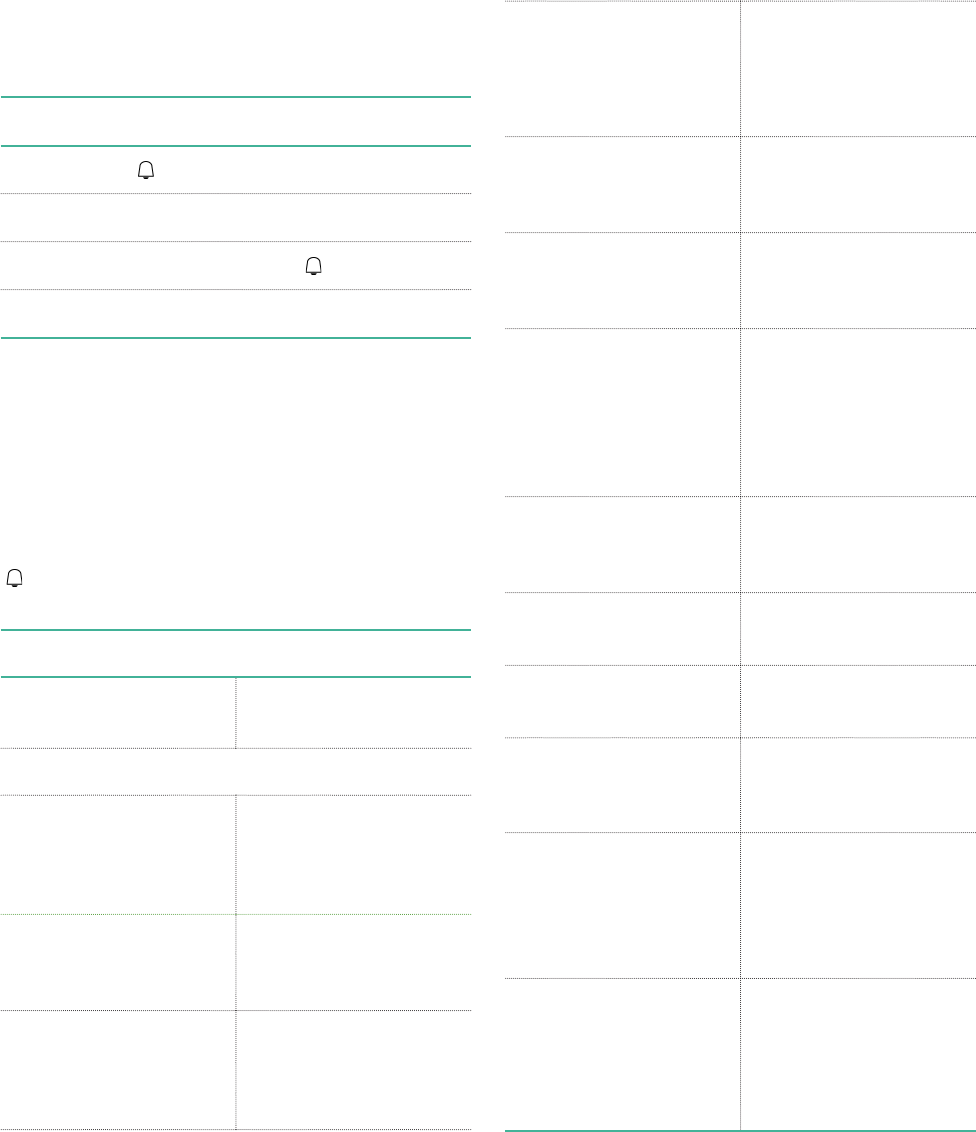
Product Guide - LCN7700 3
The Ethernet connection is, in addition to this,
functionally insulated with respect to the secondary
connections. See for detailed information the
technical specication section.
The Segment Control Unit can be mains powered by
one, two, or three phases plus neutral. When powered
by multiple phases, the Segment Control Unit is able
to detect phase faults on the mains power supply.
If a fault occurs on one or two phases, the Segment
Control Unit will still be powered by the remaining
phase(s). In this case, the Segment Control Unit will
send an alarm to the central server. The alarm monitor
( ) is a mains rated input (related to mains Neutral
(N)) for cabinet door monitoring.
Functional specications
Secondary
USB 2x USB 2.0 host port for
additional devices
Inputs
2x Analog Low voltage measurement
inputs analog input 1 and
analog input 2 (positive
voltage w.r.t. GND).
1x Digital Low voltage input digital
input (positive voltage w.r.t.
GND).
Ethernet RJ-45 connector, 100/10
Mbps, half & full duplex,
functional insulated from
the secondary connections.
GSM/GPRS SMA connector for external
GSM antenna. GSM850,
E-GSM900, GSM1800
(DCS1800), GSM1900
(PCS1900).
SIM Card Micro SIM card is inserted
on top part of the Segment
Control Unit.
Micro SD card Micro SD card is inserted
on top part of the Segment
Control Unit.
A-Bus 1x5 internally connected
signals that are used for
the A-Bus. The internal
connection makes it easier
to daisy-chain to other
controller modules.
RS485 Supports multiple baud
rates. Default value is 9600
bps.
DALI DALI master without DALI
Power Supply.
Current Sensing Phase current sensing and
leakage current sensing.
RS232 interface For use with RS232 power
meters, maximum data
transfer rate 115.2 Kbps.
GPS Antenna Insert the antenna in the
antenna socket of the
Segment Control Unit and
tighten it gently with your
ngers. Do not use tools.
GPRS Antenna Insert the antenna in the
antenna socket of the
Segment Control Unit and
tighten it gently with your
ngers. Do not use tools.
Primary
Power (L1, L2, L3, , N)
Three mains rated phase (line) inputs: L1, L2 and L3
One mains rated alarm monitor input:
One mains neutral input: N
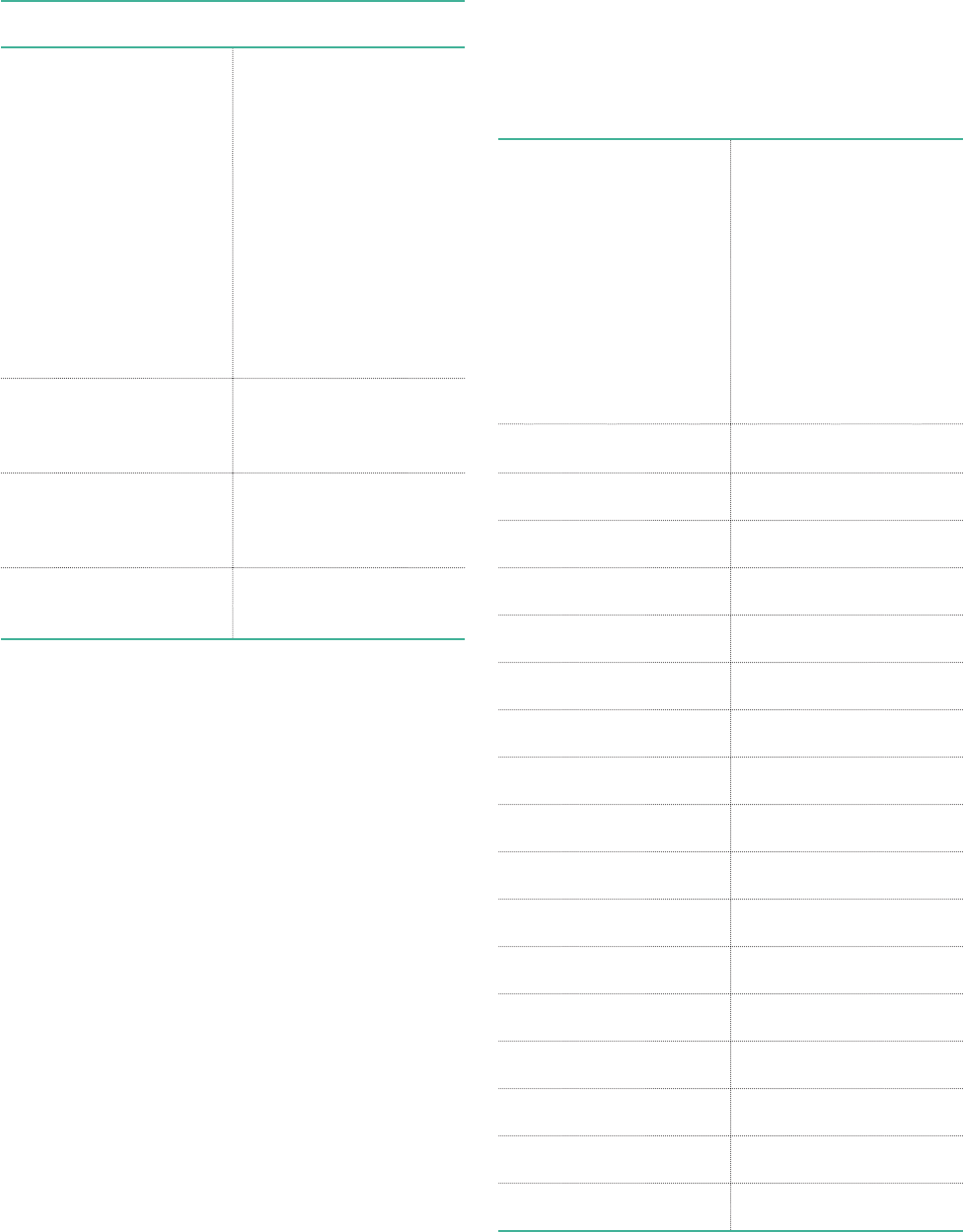
4Product Guide - LCN7700
Reliability & Maintainability
Software upgrade/
installation
The software on the
Segment Control Unit can
be updated remotely from
the central server. New
software is transferred
without interrupting the
normal functionality of the
Segment Control Unit.
When the software has
been transferred, the
integrity of the software is
checked and the software is
installed.
Multi-layer system Various internal processes
ensure that the system is up
and running at all times.
System health In case a process has failed,
it is restarted without
disturbing other processes.
Self-test A built-in self-test is
performed after power-up.
EU directives Use shielded twisted pair
(2x2) cable. The Segment
Control Unit can be
connected to any client
module e.g. AmpLight
RS485, AmpLight Switch.
Double connections on
the A-Bus makes daisy-
chaining of the signals easy.
For detailed information,
see wiring diagrams.
A-Bus cable cable length < 3 m
RS485 cable length < 3 m
Analog/Digital Input cable length < 3 m
Current Sensing Input cable length < 3 m
DALI cable length < 10 m
USB cable length < 3 m
RS232 cable length < 3 m
Ethernet cable length < 3 m
Mains Input cable length < 1.5 m
Installation
The Segment Control Unit should be protected from
dust and water, preferably by enclosing the system in
a metal IP class 65 (NEMA type 4) outdoor cabinet.
Connections on the primary side
Keep wiring short from the mains circuit breaker
towards the mains power input.
When using a surge protection module, the wires
between the surge protection module and the
Segment Control Unit may not exceed 0.15 m.
Philips recommends for outdoor applications to use a
surge protection module.
At least one GROUND connection needs to be
connected to Earth or screwed GPS or 2G/3G antenna
is connected and installed on cabinet.
Connections on the secondary side
All cables on secondary side should preferably be
shielded, with the shield connected to GND (pin5 for
the A-Bus).
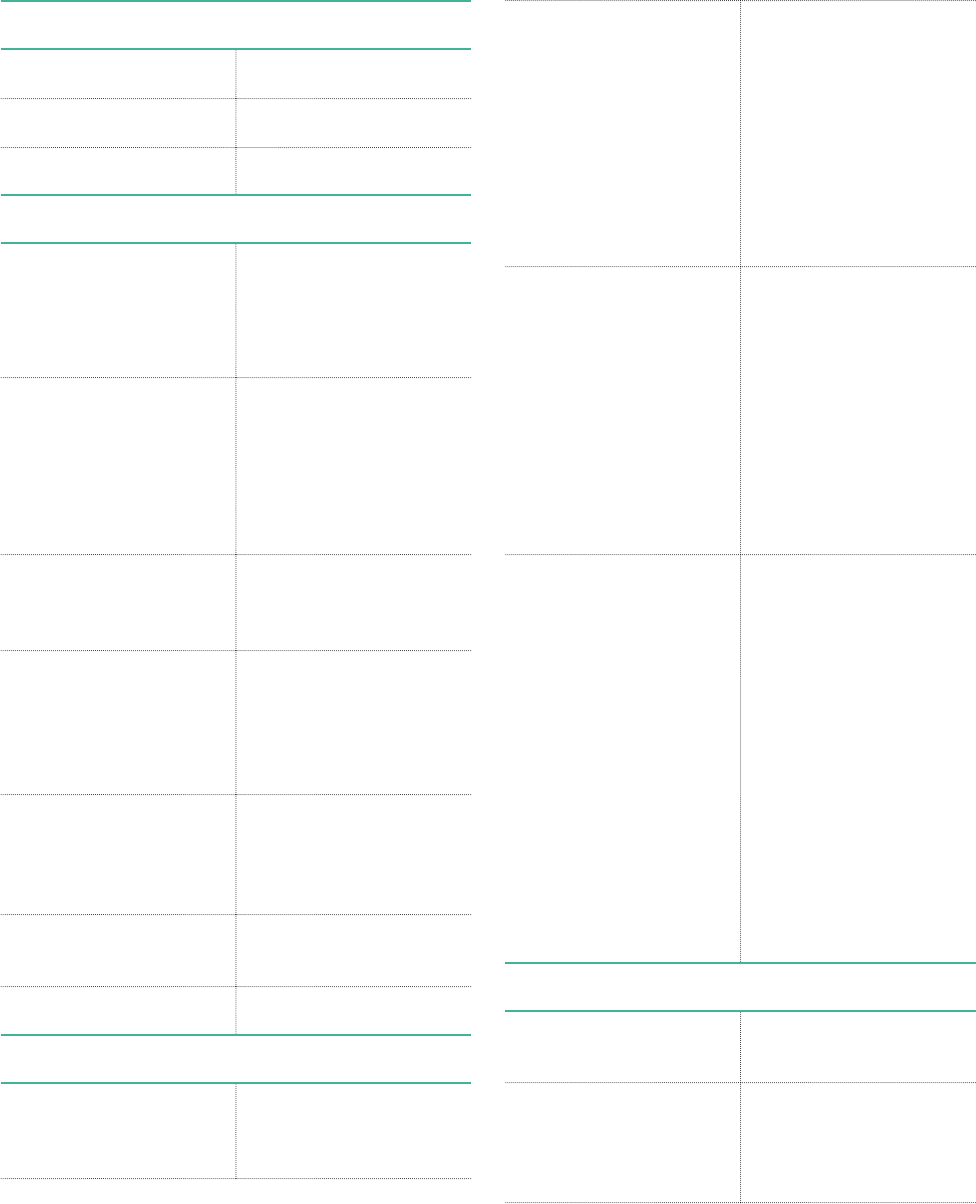
Product Guide - LCN7700 5
Environmental
Storage temperature -40° C – +85° C
Operating temperature -20° C – +60° C
Max humidity 90% (non-condensing)
Supply characteristics
Input voltage UL: 120 – 277 VAC (3P + N)
CE: 220 – 240 VAC (3P + N)
Nominal voltage: 230 VAC,
Nominal frequency: 50/60
Hz (± 5 Hz).
Relay
Endurance on given maxima
100.000 operations
COM1, NO 1 750 VA
COM1, NC 1 750 VA
COM2, NO 2 750 VA
Max switching voltage:
for CE: Max 250V;
for UL: 120 – 277V.
Max switching current:
3 A (resistive).
Power consumption <3 W, Segment Control Unit
only, no load on A-Bus and
USB.
Nominal system
power consumption
< 5.5 W, Segment Control
Unit with one AmpLight
Switch, one AmpLight
Current and one AmpLight
Battery.
Maximum system
power consumption
< 18 W, Segment Control
Unit and 460 mA on A-Bus
and each 250 mA on 2x
USB .
Current consumption
(powered via A-Bus)
Typical 100 mA, Max 300
mA at 12 V.
USB Maximum 250 mA, 5 V.
Measurement characteristics
Input mains Accuracy within 120 - 277
VAC range: ± 5% FSD (Full
Scale Deection)
Technical data
Analog inputs Input range 0-10 V, 4-20
mA (0-20 mA):
Impedance = 510 ohm (DC)
Accuracy = ± 2% FSD at 25° C
When used as digital input:
Threshold of approximately
1 V
Absolute maximum input
voltage = 12 V (A-Bus
voltage can be used.).
Digital input Internal 100 Kohm resistor
- 1 Mohm pull-up resistor.
Connect terminal to GND
for a digital low. Make
sure that the terminal to
GND resistance is below
1 Kohm (current internally
limited to 3 uA). Keep wires
connected to this high
impedance input away from
disturbing networks.
Current Sense Sensor input detection
range: 170 – 1000 mA.
Use with LCU7591 AmpLight
Leak Coil only.
Input range: 5 – 15 mA
(including = 5 mA), abs.
accuracy ± 5% FSD; 1-5 mA,
abs. accuracy ± 10% FSD
Current sensor input(s)
Detection range: 5 – 65 A.
Use with LCU7590 AmpLight
3-Phase Coil only.
Input range: 5 – 100 mA
(including = 5 mA), abs.
accuracy ± 5% FSD; 1-5 mA,
abs. accuracy ± 10% FSD
GSM/GPRS/EDGE
Bands Supports GSM 850, E-GSM
900, DCS 1800, PCS 1900
Transmit power GSM 850/ E-GSM 900:
max. 33 ± 2 dBm
DCS 1800/PCS 1900: max.
30 ± 2 dBm
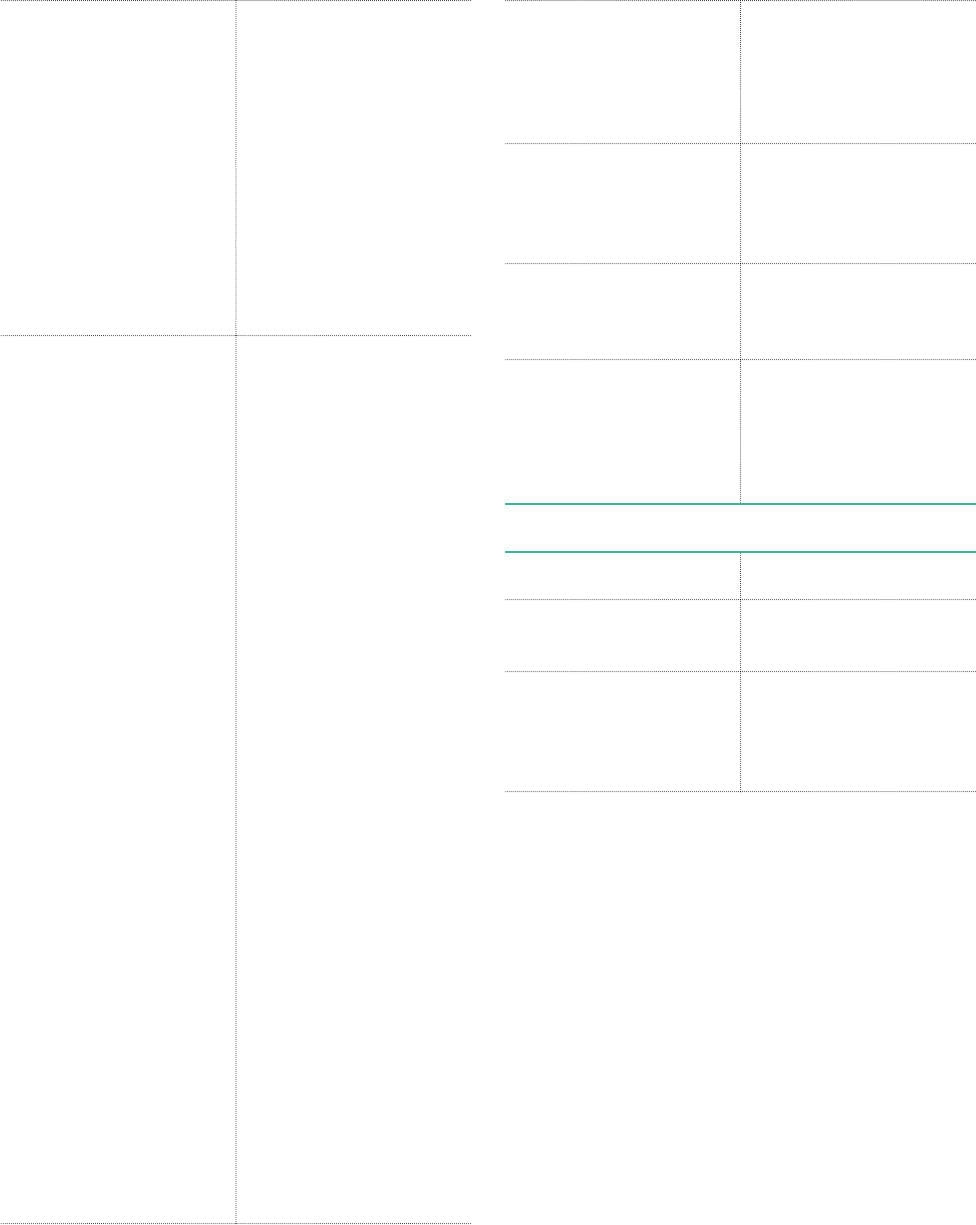
6Product Guide - LCN7700
SMS SMS MO and MT. CS and PS
support.
SMS saving and reading
from UIM card or ME
storage.
SIM card Support Micro SIM card.
Micro SIM card is inserted
on top part of the Segment
Control Unit.
SD card Micro SD card is inserted
on top part of the Segment
Control Unit.
GNSS RPSMA connector for
external GNSS antenna.
GPS (1575.42 ± 1.023 MHz)
and GLONASS (1597.5 –
1605.9 MHz).
WCDMA
Bands Support B1, B2, B5, B8
Transmit power Class 3bis (21 ± 2 dBm) at all
bands.
WCDMA R99 All modes and data rates for
WCDMA FDD. PS data rates
of 384 kbps DL and 384
kbps UL.
GPRS DTM (simple class A)
operation.
GPRS Multislot class 10 (no
backo) – Four Rx slots
(maximum), two Tx slots
(maximum), ve active slots
total.
Coding schemes CS1, CS2,
CS3 and CS4.
GEA1, GEA2 and GEA3
ciphering.
WCDMA/GERAN system
selection.
EDGE E2 power class for 8 PSK.
DTM (simple Class A),
Multislot class 12.
EGPRS – Multislot class 12
(with backo).
BEP reporting.
SRB loopback and test
modes A and B.
8-bit and 11-bit RACH.
Support PBCCH.
One-phase /two-phase
access procedures.
Link adaptation and IR.
NACC, extended UL TBF.
Support PFC/PFI (Packet
Flow context/Packet Flow
identier).
GPRS/EDGE MSC 12-EDA –
permits allocation of more
than two uplink timeslots
for GPRS/EDGE.
Enh DL RLC/MAC
Segmentation – permits
reception of MAC control
messages that exceed one
radio block capacity in
length.
Enhanced Ext UL TBF –
dummy block transmission
is punctured for current
saving purposes.
2G PS handover – packet-
switched equivalent of CS
handover to ensure faster
cell change and improved
throughput.
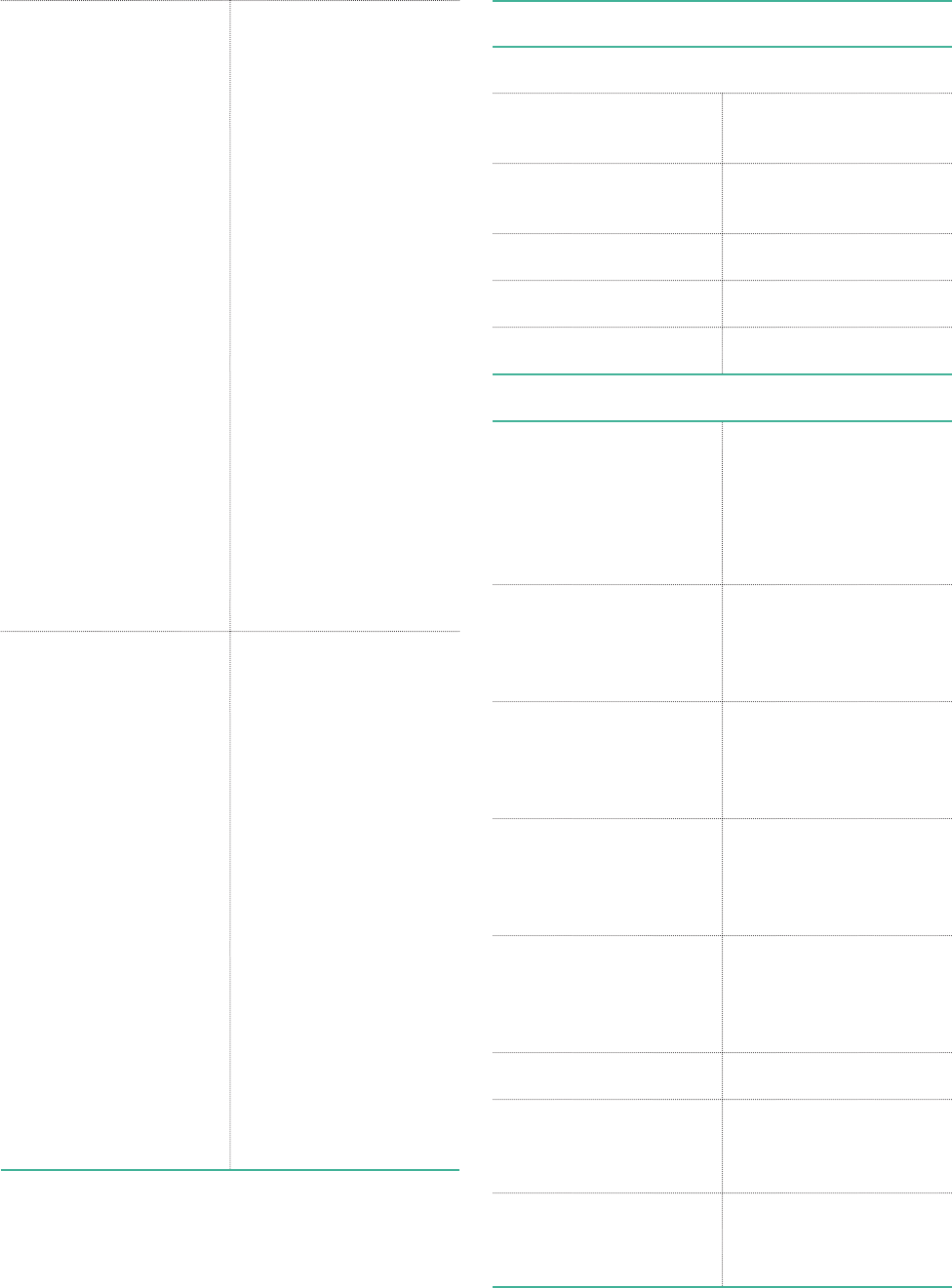
Product Guide - LCN7700 7
WCDMA R5 HSDPA PS data speeds up to 42
Mbps (UE category 24) on
the downlink.
HS-DSCH (HS-SCCH, HS-
PDSCH and HS-DPCCH).
Maximum of 15 HS-PDSCH
channels, both QPSK and 16
QAM modulation.
Support for 3GPP-dened
features.
Switching between HS-
PDSCH and DPCH channel
resources, as directed by
the network.
STTD on both associated
DPCH and HS-DSCH
simultaneously.
CLTD mode 1 on the DPCH
when the HS-PDSCH is
active.
STTD on HS-SCCH when
STTD or CLTD mode 1
are congured on the
associated DPCH.
Support SCH-IC.
Support HS-DSCH DRX.
WCDMA R6 HSUPA E-DCH data rates of up to
5.76 MB/s for 2 ms TTI (UE
category 6) uplink.
Support for 3GPP-dened
features.
STTD on all HSUPA
downlink channels.
CLTD mode 1 on HS-PDSCH
and DPCH along with
HSUPA channels.
Switch between HSUPA
channels and DPCH
channel resources, as
directed by network.
Handover using
compressed mode with
simultaneous E-
DCH and HS-DSCH
interactive, background,
and streaming.
QoS classes.
Support DPCCH DTX.
Mechanical
Housing
Top part Polycarbonate Light Gray
(RAL 7035)
Base part Polycarbonate Light Gray
(RAL 7035)
Coating PCBA conformal coated
Mounting DIN-rail (EN50022)
Weight 385 gr
Connections
Mains power connector 0.82 - 1.5 mm2 (18 - 14 AWG)
solid/stranded; copper
conductors only, wire rating
65° C min.; wire strip length:
8~9 mm; tightening torque:
0.40 - 0.50 Nm.
Analog/Digital inputs, A-Bus,
RS485, RS232, Current
sensing connectors
0.14 - 0.5 mm2 (26 - 20 AWG)
solid/stranded; wire strip
length: 5 mm; tightening
torque: 0.20 - 0.24 Nm.
DALI connectors 0.14 - 0.5 mm2 (26 - 20 AWG)
solid/stranded; wire strip
length: 5 mm; tightening
torque: 0.15- 0.20 Nm.
Relay connector 0.82 - 1.5 mm2 (18 - 14 AWG)
solid/stranded; wire strip
length: 6 mm; tightening
torque: 0.40 - 0.44 Nm.
Ethernet Tab-Down RJ-45 meets
IEEE 802.3 Standard with
minimum of 1500 Vrms
isolation.
USB USB2.0, Type-A Receptacle.
2G/3G Antenna SMA female; Impedance
50 ohm, Tightening torque:
max 0.5 Nm.
GPS Antenna RPSMA female; Impedance
50 ohm, Tightening torque:
max 0.5 Nm.
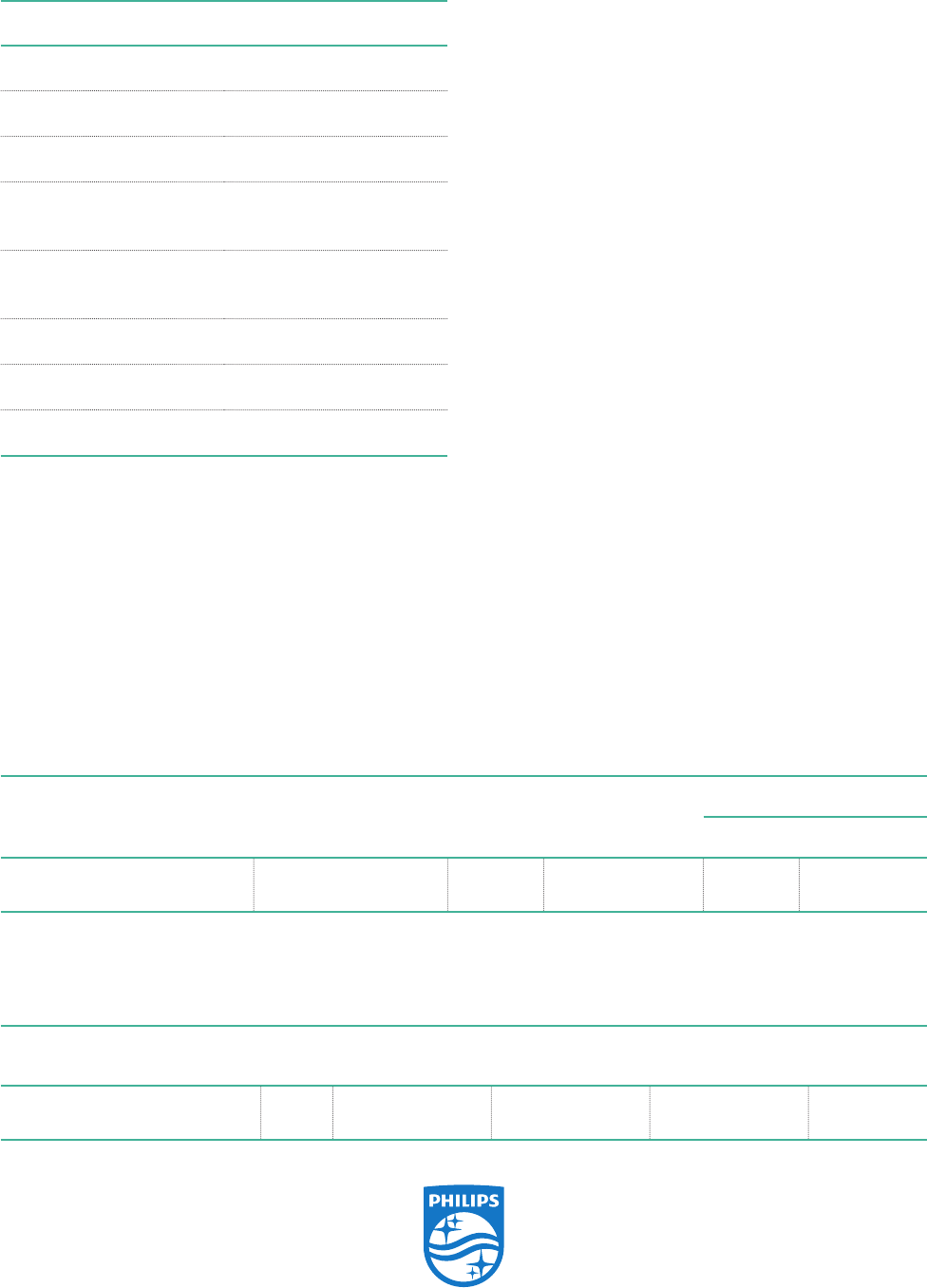
Type Box dimensions
(mm)
Qty/Box Material Box Weight (kg)
net gross
LCN7700 Segment Control Unit 711 x 581 x 159 20 Cardboard 7.7 10.7
Packing data
Type MOQ Ordering
number
EAN code
level 1
EAN code
level 3
EOC
LCN7700 Segment Control Unit 1 9137 003 89703 8727900 947489 8727900 947496 947489 00
Ordering Data
© 2016 Philips Lighting Holding B.V., all rights
reserved. Specications are subject to change without
notice. Trademarks are the property of Philips Lighting
Holding B.V. or their respective owners.
Version 2, 2 December 2016 www.philips.com
Standards and approvals
CE/CB
EN60950 for LVD
R&TTE with CISPR22 for RF certication and EMC
RoHS with EU directive 2011/65/EC (Philips RSL latest
update)
REACH with EU directive 2006/1907/EC (Philips RSL latest
update)
UL listed
UL 916 for safety
FCC Part 15 Subpart B, FCC PART 22/24 & MPE OET65
FCC Statement
This equipment has been tested and found to comply
with the limits for a Class A digital device, pursuant to
part 15 of the FCC Rules.
Operation is subject to the following two conditions:
(1) this device may not cause harmful interference, and
(2) this device must accept any interference received,
including interference that may cause undesired
operation.
These limits are designed to provide reasonable
protection against harmful interference when the
equipment is operated in a commercial environment.
This equipment generates, uses, and can radiate radio
frequency energy and, if not installed and used in
accordance with the instructions, may cause harmful
interference to radio communications.
Notice:
(1) Changes or modications not expressly approved
by the party responsible for compliance could void
the user’s authority to operate the equipment
(2) The manufacturer is not responsible for any
radio or TV interference caused by unauthorized
modication to this equipment. Such modications
could void the user’s authority to operate the
equipment.
(3) This equipment complies with FCC RF radiation
exposure limits set forth for an uncontrolled
environment. This equipment must not be co-
located or operating in conjunction with any other
antenna or transmitter. The equipment must be
installed to provide a separation distance of at
least 30 cm.